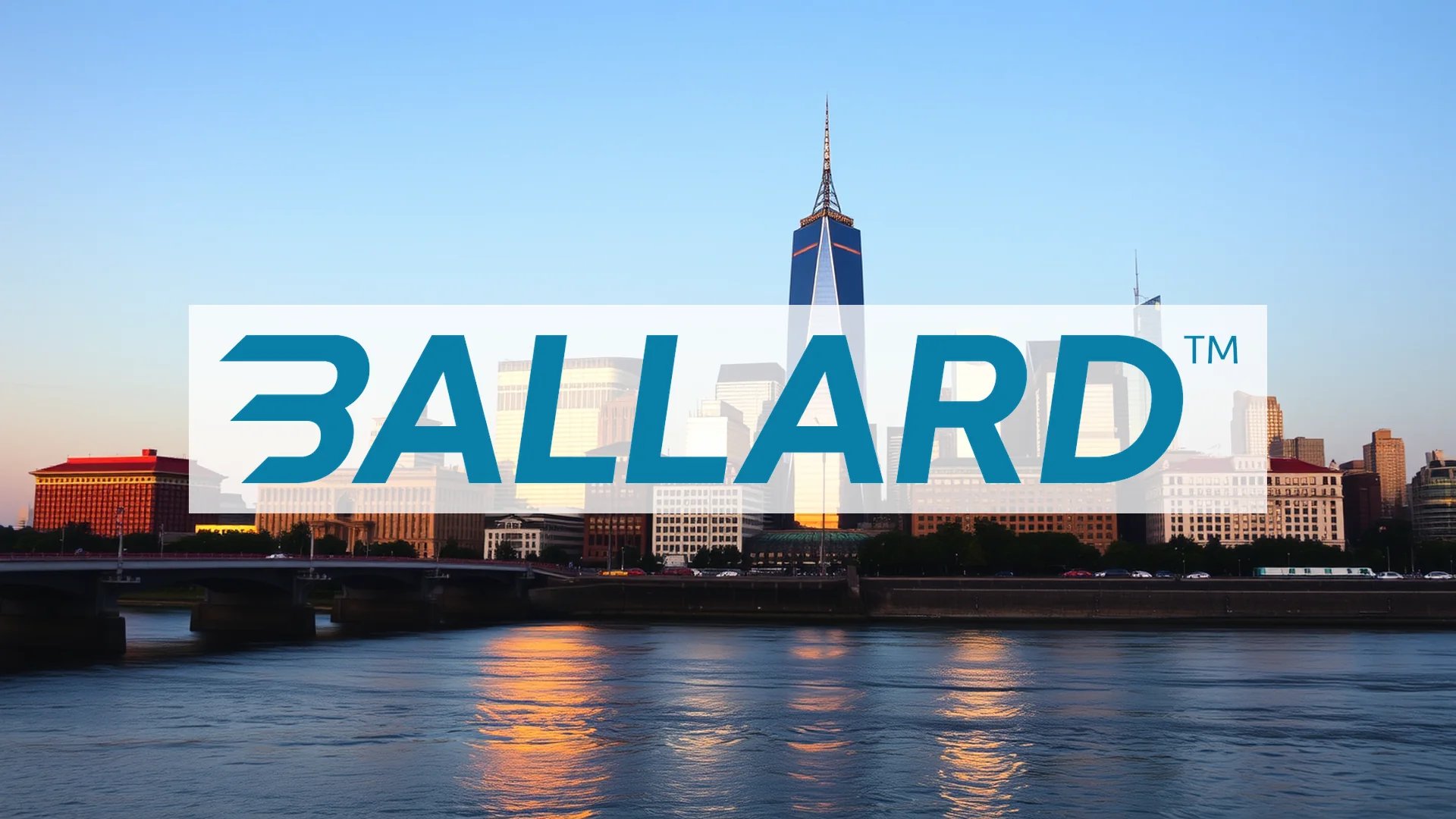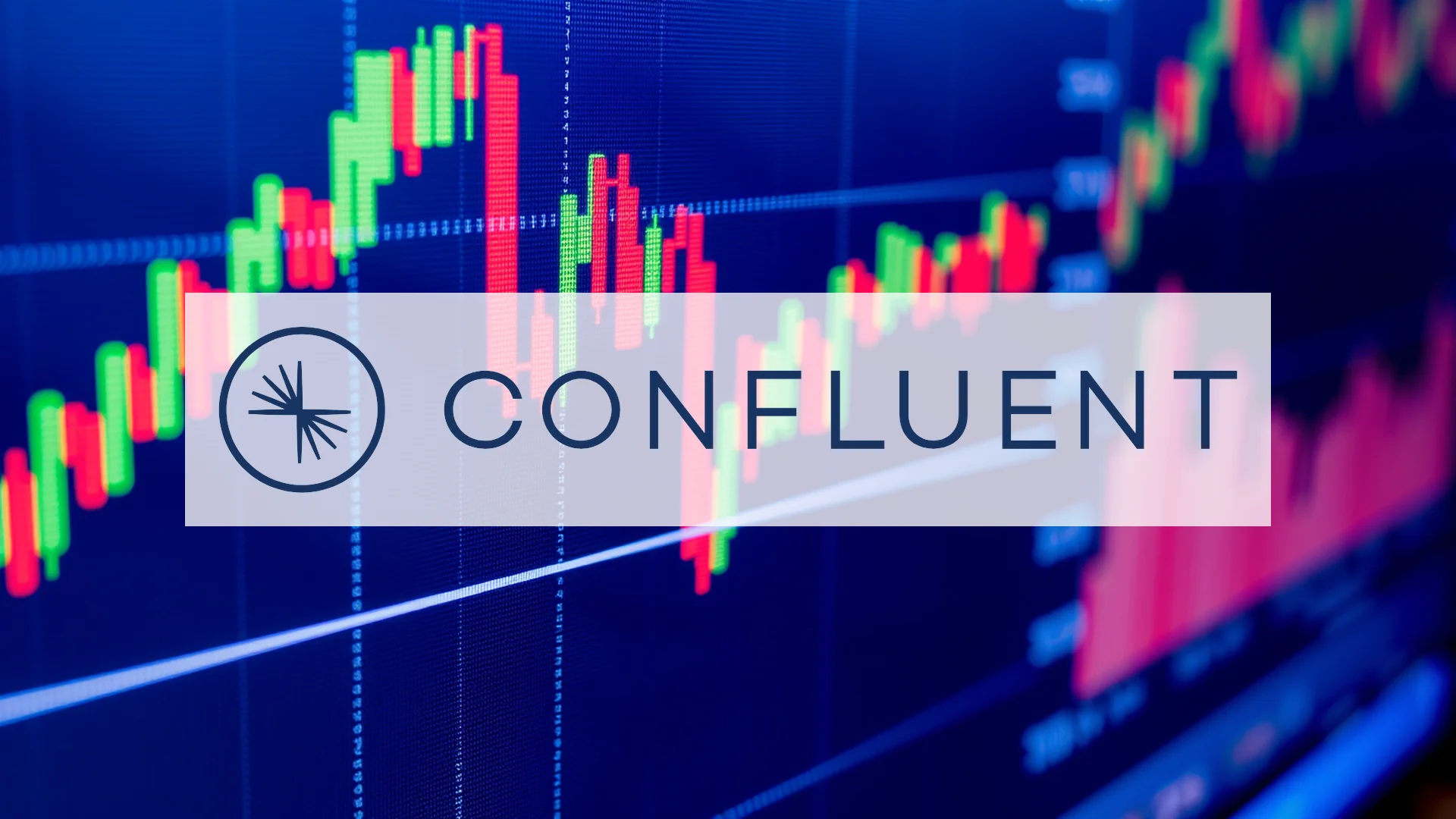The iconic motorcycle manufacturer presents a complex financial narrative. While quarterly earnings surpassed market expectations, a notable contraction in direct-to-consumer sales has emerged, raising questions about the sustainability of its current trajectory. Can substantial financial engineering initiatives counteract this underlying weakness?
Retail Contraction Offsets Strong Wholesale Performance
On November 4th, Harley-Davidson reported impressive profit growth, with consolidated revenue advancing 17% to reach $1.34 billion. The core motorcycle business demonstrated even stronger performance, recording a 23% revenue surge propelled by a 33% increase in global wholesale deliveries.
However, these robust wholesale figures mask a concerning development at the consumer level. Global retail sales to end customers declined by 6%, creating a significant divergence between production volumes and actual consumer demand. This discrepancy highlights potential challenges in the company’s path forward.
Capital Initiatives Deployed to Stabilize Operations
Confronting these headwinds, Harley-Davidson is implementing significant financial measures. Through a strategic partnership for its financial services division HDFS with KKR and PIMCO, the company anticipates freeing up to $1.25 billion by spring 2026. Concurrently, management has authorized a $200 million share repurchase program.
Should investors sell immediately? Or is it worth buying Harley-Davidson?
These capital allocation strategies aim to reinforce the balance sheet and restore investor confidence. Nevertheless, fundamental challenges persist, including ongoing tariff uncertainties and softening demand within the premium motorcycle segment that continue to present substantial obstacles.
Market Observers Maintain Cautious Stance
Despite mixed performance indicators, some analysts retain measured optimism. Investment firm DA Davidson maintained its “Buy” recommendation but reduced its price target from $34 to $30, reflecting increased skepticism about near-term growth prospects.
The electric vehicle division LiveWire remains particularly problematic, with projected losses between $72 million and $77 million for the current year. Rather than functioning as a growth catalyst, this segment continues to represent a significant cost center.
The central question facing investors is whether financial maneuvers can adequately compensate for deteriorating retail performance. Coming quarterly results will reveal whether current strategies can generate sustainable momentum or if more substantial operational changes will be necessary for Harley-Davidson to regain its footing.
Ad
Harley-Davidson Stock: Buy or Sell?! New Harley-Davidson Analysis from November 14 delivers the answer:
The latest Harley-Davidson figures speak for themselves: Urgent action needed for Harley-Davidson investors. Is it worth buying or should you sell? Find out what to do now in the current free analysis from November 14.
Harley-Davidson: Buy or sell? Read more here...











